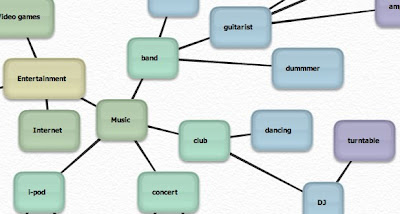 The activity is a short test. You will see 8 different pictures of people and you will have to decide how they are feeling. At the end of this test you will be able to compare your answers with thousands of other men and women to see if your response was the same.
The activity is a short test. You will see 8 different pictures of people and you will have to decide how they are feeling. At the end of this test you will be able to compare your answers with thousands of other men and women to see if your response was the same.Task:
- Go to: Facial expressions test before you start the test you will be asked if you are male or female and to give your age.

- Next you will see an image and a choice of emotions. Select the one you think it correct then click on 'Submit'
- You will need to make a choice for all the pictures before you can see the results. When you have finished the test you can compare your results with those of all the other men a women who have taken the test.
 I hope you enjoy this activity and do come back soon for more EFL ESL activities.
I hope you enjoy this activity and do come back soon for more EFL ESL activities.More vocabulary activities
Related links for teachers:
- A River of Images
- Creative Commons Images
- Create Image Books
- Create a Flickr Montage
- Personalised flashcards
- Animating vocabulary
- Exploiting Image Sequences
- Tease your Brain
Nik Peachey




























